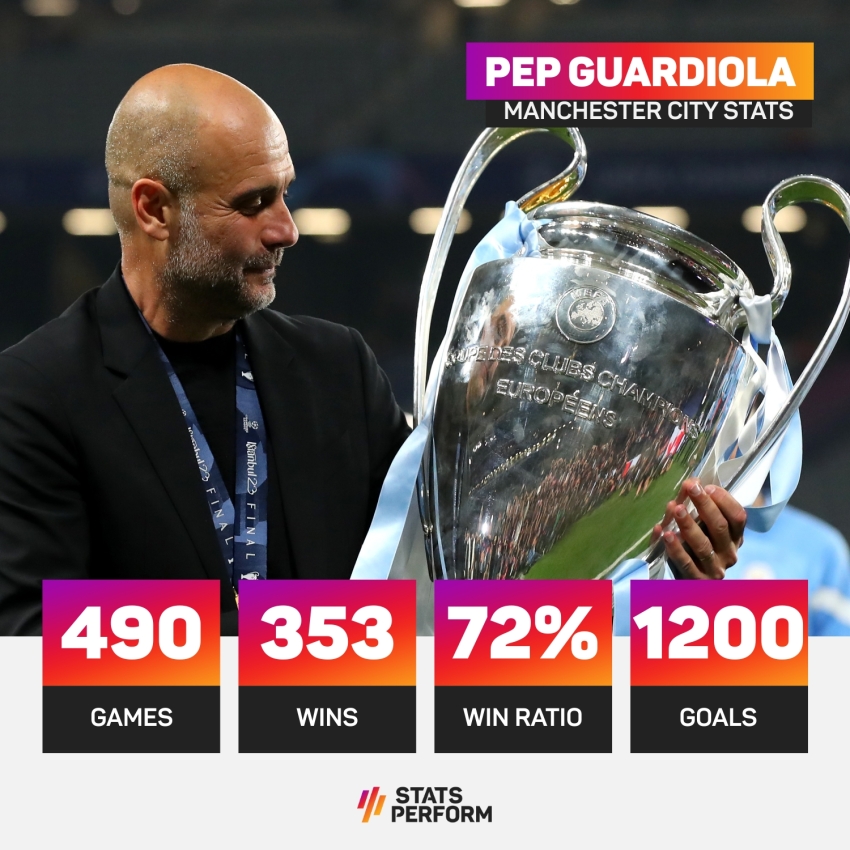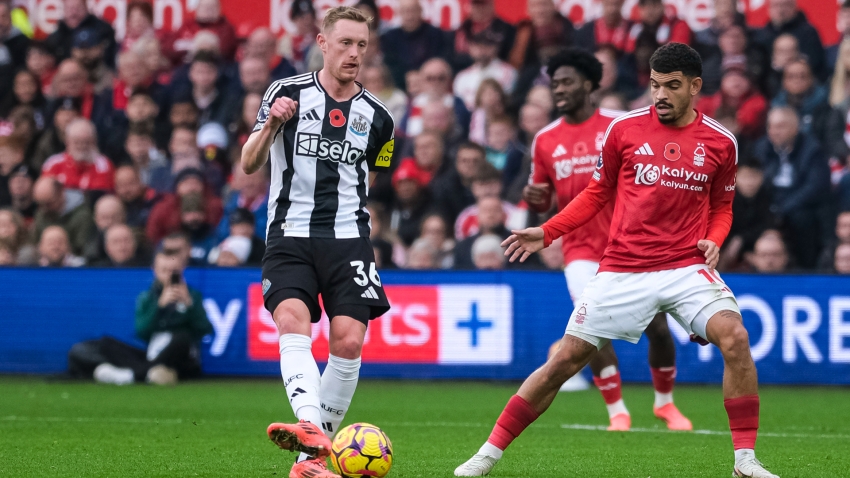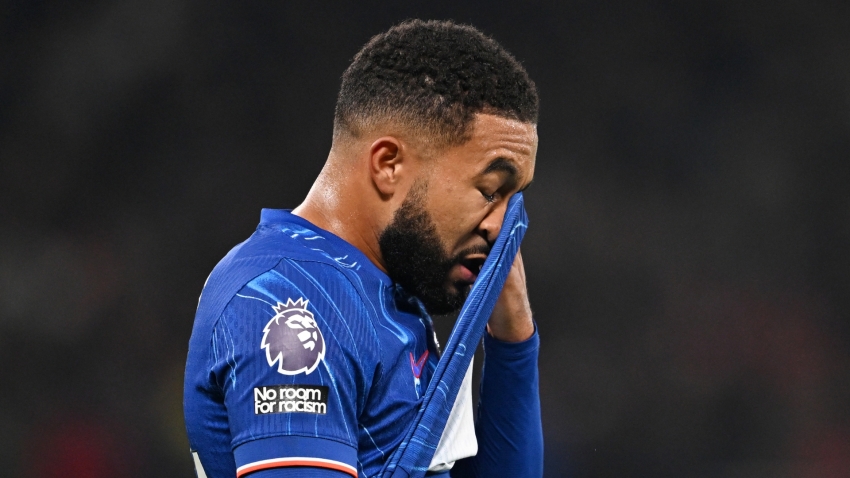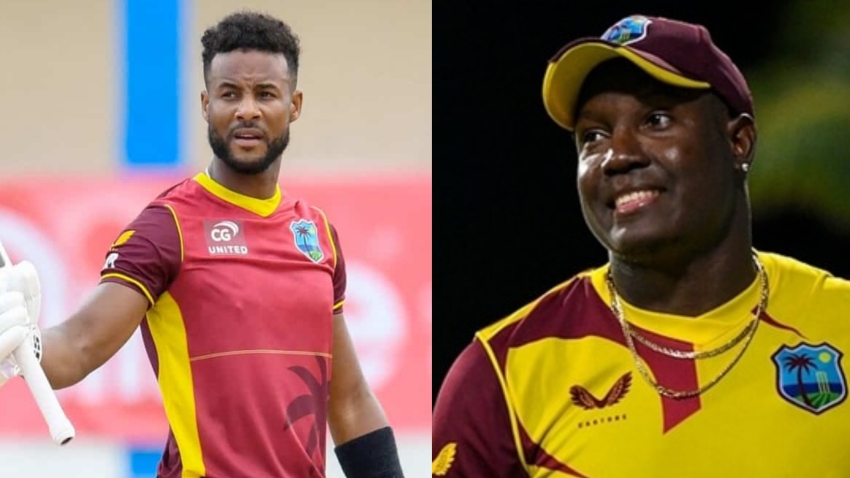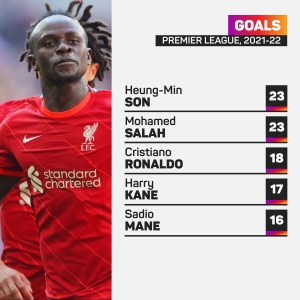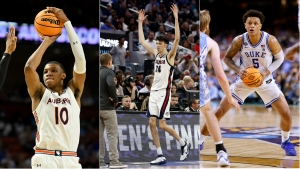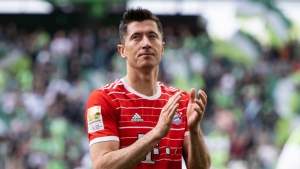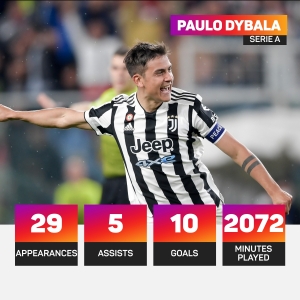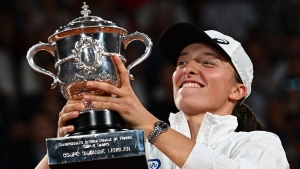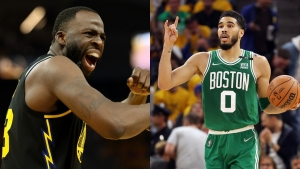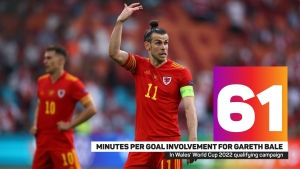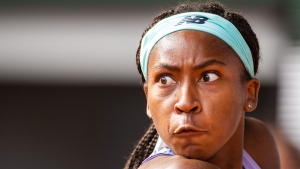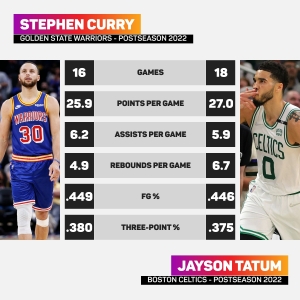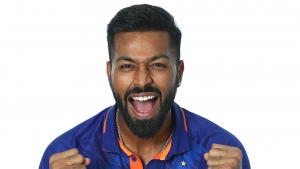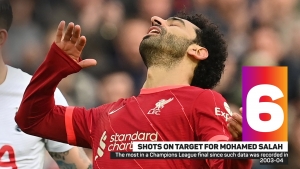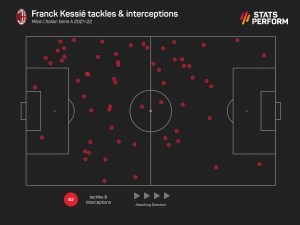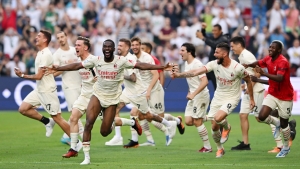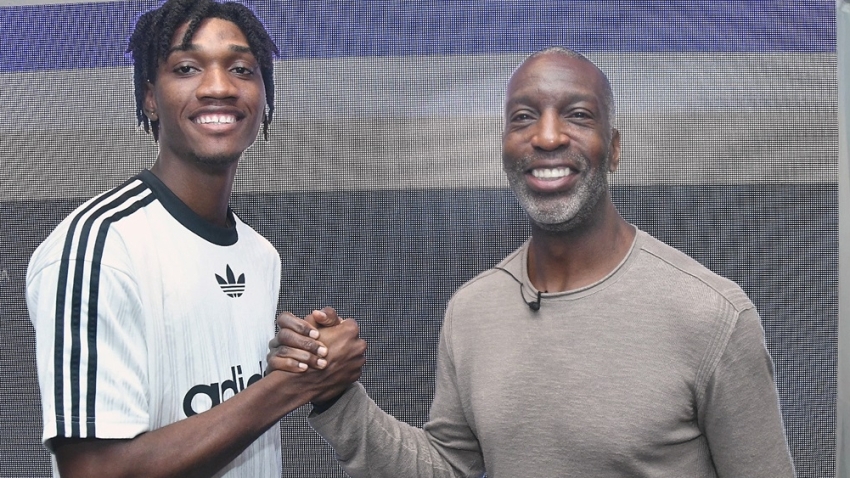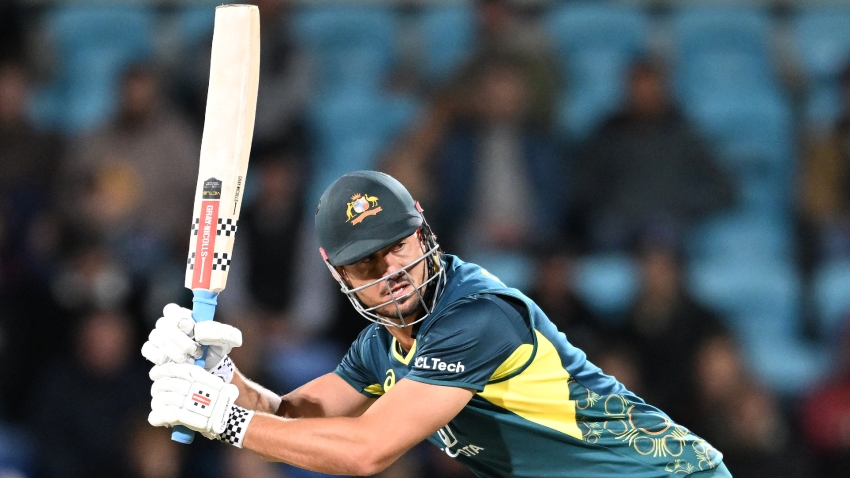It is the end of an era at Liverpool as one of their iconic front three leaves for pastures new.
After six years at Anfield, Sadio Mane has departed for a new adventure with Bayern Munich, completing a move for €41million (£35.2million).
Stats Perform understands Liverpool will receive a guaranteed €32million (£27.5m), plus €6m (£5.2m) based on appearances and a further €3m (£2.5m) depending on future success that Mane and Bayern achieve.
The Reds have already moved on by bringing in Uruguay striker Darwin Nunez from Benfica, but it feels significant that Mane, Roberto Firmino and Mohamed Salah will never play together again for Jurgen Klopp's side.
The trio fired Liverpool to multiple trophies, including a Champions League and Premier League, though the additions of Diogo Jota and Luis Diaz in the last couple of years had already seen a slight evolution.
However, Klopp has now lost one of his main men, which is an experience the German boss has had to get used to in his career, especially the idea of his players moving to Munich.
While it may not feel like quite the blow of past desertions given the forward planning, Stats Perform has taken a look at how the decision to leave Klopp went in the past.
Nuri Sahin
Sahin was always likely to be a major component for Borussia Dortmund when he became the Bundesliga's youngest player aged 16 years, 11 months against Wolfsburg in August 2006, a record that was only broken in November 2020 by Youssoufa Moukoko.
He shone under Klopp, particularly in 2010-11 when Dortmund shocked German football to win the Bundesliga title, with Sahin claiming the league's Player of the Year award and earning a move to Real Madrid.
After 14 goal involvements from midfield (six goals, eight assists) in his last season in the Bundesliga, Sahin struggled to do similar in Spain, making just 10 appearances in all competitions for Madrid, with one solitary goal in the Copa del Rey against Ponferradina.
An unsuccessful loan move to Liverpool the following season was cut short halfway through, and just 20 months after leaving Signal Iduna Park, Sahin was back in the yellow and black on loan, before making the switch permanent in 2014, staying until a move to Werder Bremen in 2018.
Shinji Kagawa
The Japan international spent two very productive seasons at Dortmund under Klopp between 2010 and 2012, winning back-to-back Bundesliga titles and scoring 21 goals in 49 league games.
Kagawa decided to try his hand at the Premier League, moving to Manchester United in June 2012, but much like Sahin, found the grass far from greener.
Due to injury, he only played a supporting role as United won the title in the 2012-13 season, scoring six goals in 26 appearances in all competitions, before making a further 29 in the first campaign at Old Trafford following the retirement of Alex Ferguson, with no additional goals to his name.
Like Sahin, Kagawa returned to Dortmund in 2014, spending a further five years at the club.
Mario Gotze
The fresh-faced Gotze came through the youth ranks at Dortmund and, like Kagawa, played a vital role in Klopp's great Dortmund side that won two Bundesliga titles, and also had a big hand in getting them to the 2013 Champions League final.
One of the side narratives to that final against Bayern was that prior to it, Gotze had agreed a €37m move to the Bavarian club.
Klopp was hurt by Gotze's decision, but although the attacking midfielder went on to score the winner for Germany in the 2014 World Cup final and have a decent record at Bayern, scoring 36 goals in 114 games, he never really established himself as a key cog in their team, and in a familiar move for those who had left Dortmund, returned three years later.
Gotze spent four years back in the yellow and black, but was never able to recapture the magic that made him one of Europe's hottest prospects under Klopp.
Robert Lewandowski
Arguably the only real success story of those who moved on from Klopp, though there is no denying that the building blocks were put in place by the German for Lewandowski to become the striker he is today.
Arriving at Dortmund as an unknown from Lech Poznan, he scored just eight times in 33 games in his first Bundesliga season, before going on to rack up 66 across his next three league campaigns.
His goals also played a part in Dortmund winning two titles and reaching the Champions League final, but a year after Gotze had moved to Bayern, Lewandowski did the same following the expiry of his contract.
There were thoughts that the Poland international might struggle to replicate his form to quite the expected levels in Munich, scoring just 17 goals in his first Bundesliga season.
However, since then he has never scored fewer than 22, and broke Gerd Muller's record for most goals in a Bundesliga season when he netted 41 times in just 29 games in 2020-21.
Since leaving Dortmund in 2014, Lewandowski has won eight Bundesliga titles, three DFB-Pokal's and a Champions League, while also being awarded the FIFA Best Men's Player of the Year in the last two years.
Philippe Coutinho
Klopp probably thought the days of losing his star players were behind him when he arrived at Liverpool, but on the eve of his third season at Anfield, he was rocked when Coutinho handed in a transfer request.
The influential Brazilian was part of Klopp's first great front three at Liverpool along with Mane and Firmino, but the arrival of Salah softened the blow of his move to Barcelona in January 2018, as did the reported £142m (€160m) fee.
Despite a promising start to life at the Camp Nou, the pressure of the price tag and essentially being the replacement for the legendary Andres Iniesta proved too much, with Coutinho loaned to, of course, Bayern after just 18 months in Spain.
He had a successful season in Germany, winning a treble and having 20 goal involvements (11 goals and nine assists) in 38 appearances in all competitions, but returned to Barca and again failed to impress, albeit a serious knee injury curtailed most of his 2020-21 campaign.
After 16 goals and seven assists in 84 games in all for Barca, Coutinho returned to England in January 2022 to play for ex-Liverpool team-mate Steven Gerrard at Aston Villa, recording five goals and three assists, enough to secure a permanent move for a slightly more modest fee of around £17m (€20m).
Georginio Wijnaldum
The Netherlands midfielder may be a harsh inclusion as it remains unclear how much of his exit from Liverpool was his decision and how much was the club's, but Wijnaldum parted ways with Klopp and the Reds at the end of the 2020-21 season to join Paris Saint-Germain.
The man who earned cult status at Liverpool with his two goals against Barcelona in their dramatic comeback in the Champions League semi-final second leg three years ago would now get the chance to play alongside Neymar, Kylian Mbappe and Lionel Messi.
However, despite being a regular under Klopp, having never started fewer than 27 league games in his five years on Merseyside, the 31-year-old started just 18 Ligue 1 games for PSG, scoring once.
Wijnaldum was voted the worst signing in Ligue 1 by a poll held by Get French Football News, but still has two years left on his contract at the Parc des Princes, so could yet turn things around, and had a title winners' medal to show for his efforts after his debut campaign.
Mane will most likely win more titles in Germany to add to his already meaty collection from his time at Liverpool, but whether he can recreate the level of performances and subsequent adulation he received from the red half of Merseyside remains to be seen.









